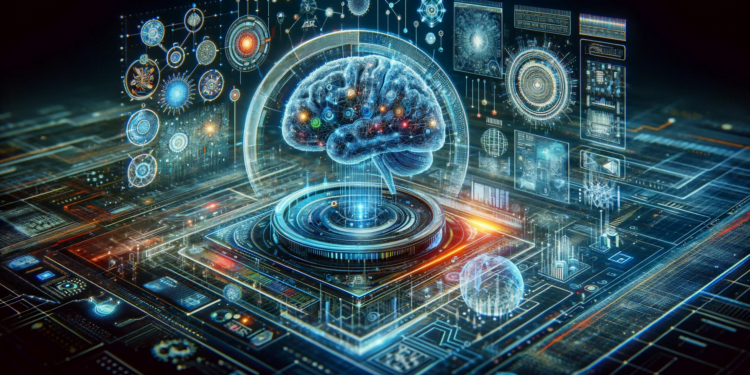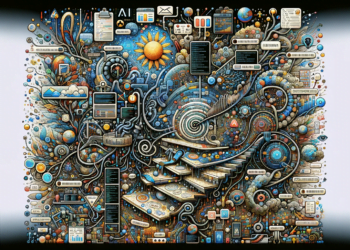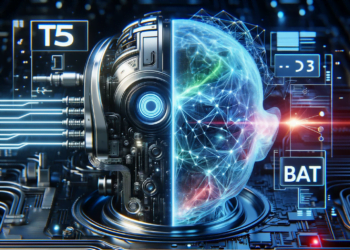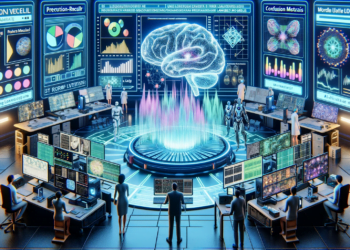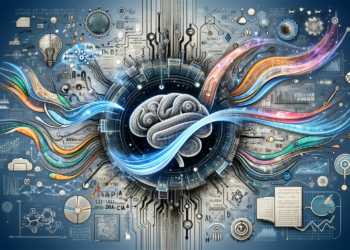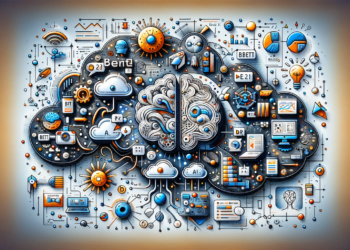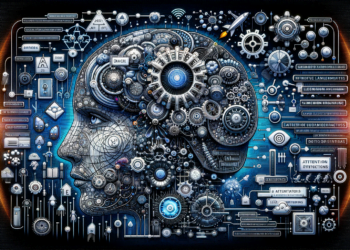Artificial Intelligence (AI) is undergoing an unprecedented revolution, fueled by advances in language models that promise to transform human interactions with machines, process automation, and knowledge generation. Natural language understanding is the cornerstone of creating more sophisticated and versatile AI systems. With the arrival of models like GPT-3 and BERT, witnesses of progress made in natural language processing (NLP), possibilities that were unimaginable a few years ago open up.
Fundamental Theories and Neural Architectures
The foundation of the current evolution lies in the transformers neural networks model, which has replaced recurrent architectures in NLP. The attention mechanism, the cornerstone of these architectures, enables the model to weigh different parts of the input to generate a more coherent and relevant output. This approach decentralizes text comprehension, eliminating the need for sequential processing and allowing massive parallelism that facilitates training.
Enhancing Language Models: Pretraining and Fine-Tuning
The process of pretraining followed by task-specific fine-tuning has shown exceptional results. Self-supervised learning, where networks learn useful patterns from large volumes of unlabeled text, has resulted in deeply contextualized linguistic representations. These representations are later fine-tuned for specific tasks such as text classification, summary generation, or question answering, thus obtaining models with remarkably advanced capabilities and adaptability.
Efficiency and Scalability: Mitigating Computational Costs
The complexity of these models poses significant challenges in terms of computational costs and energy consumption. Techniques such as knowledge distillation, where knowledge is transferred from large models to smaller ones, and architectural optimizations, such as sparse layers in transformers, are allowing considerable reductions in resources without sacrificing performance.
Understanding of Context and Bidirectional Generation
With BERT (Bidirectional Encoder Representations from Transformers), the bidirectional understanding of context was introduced, meaning that the context of a word is understood in relation to all other words in a sentence, not just in one direction. This has set a new standard for text comprehension and generation. Training is based on the prediction of blank words and the creation of contextual representations that capture complex relationships.
The Emergence of GPT-3: Towards a Broader Generalization
GPT-3 (Generative Pretrained Transformer 3) moves towards broader generalization through an unprecedented scale, with 175 billion parameters. Its ability to perform NLP tasks with few or no specific training examples -known as few-shot learning or zero-shot learning- suggests that language models are approaching a more human-like generalization capability.
Considerations on Ethics and Biases
However, the size and capabilities of these models bring ethical issues and biases inherent in the training data. The need for a framework to assess biases and the implementation of debiasing methods is crucial in building an equitable technological future.
Case Study: Use in Digital Assistants
A relevant case study is the use of these models in digital assistants. The application of conversational AI in assistants like Apple’s Siri, Amazon’s Alexa, and Google Assistant highlights the potential of language models to create fluid, natural, and contextual interactions with machines.
Future Directions: Open-Ended Response Models and Value Models
Future directions point towards language models that integrate into broader open-ended response systems, where the model decides not only the most accurate answer but also whether to respond or pose an additional question for clarification. Furthermore, value models, which make decisions based on a set of defined ethical values, promise decision-making more aligned with social principles.
Conclusion: A Broad and Challenging Horizon
With the development of technologies such as augmented intelligence, which complements human decision-making and analysis capabilities, a horizon is envisioned where AI language models not only interact but also collaborate and enhance human creativity and innovation. The boundary between AI and human intelligence, particularly in terms of language comprehension and generation, continues to blur as these models advance, promising a future of unlimited possibilities and complex ethical challenges that we approach with cautious optimism.

